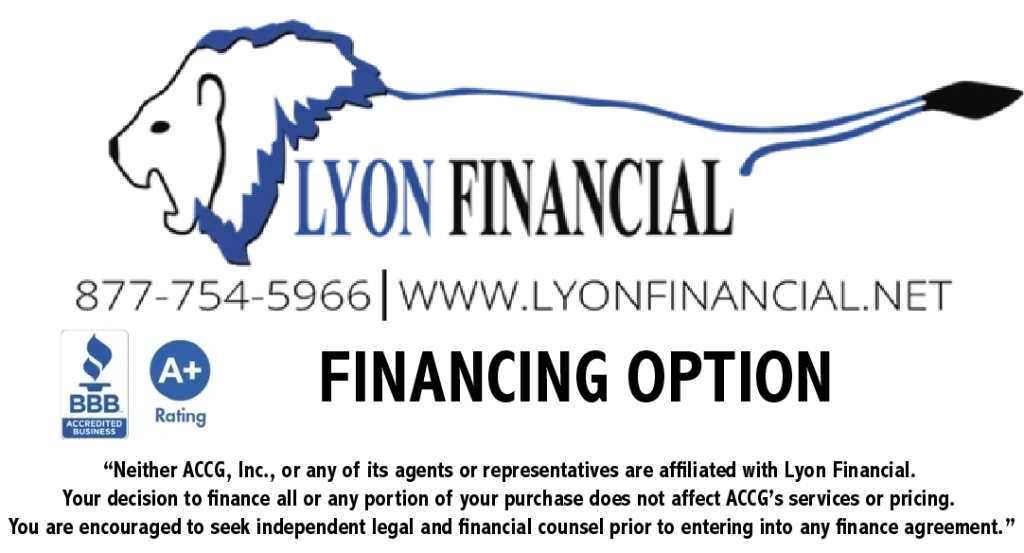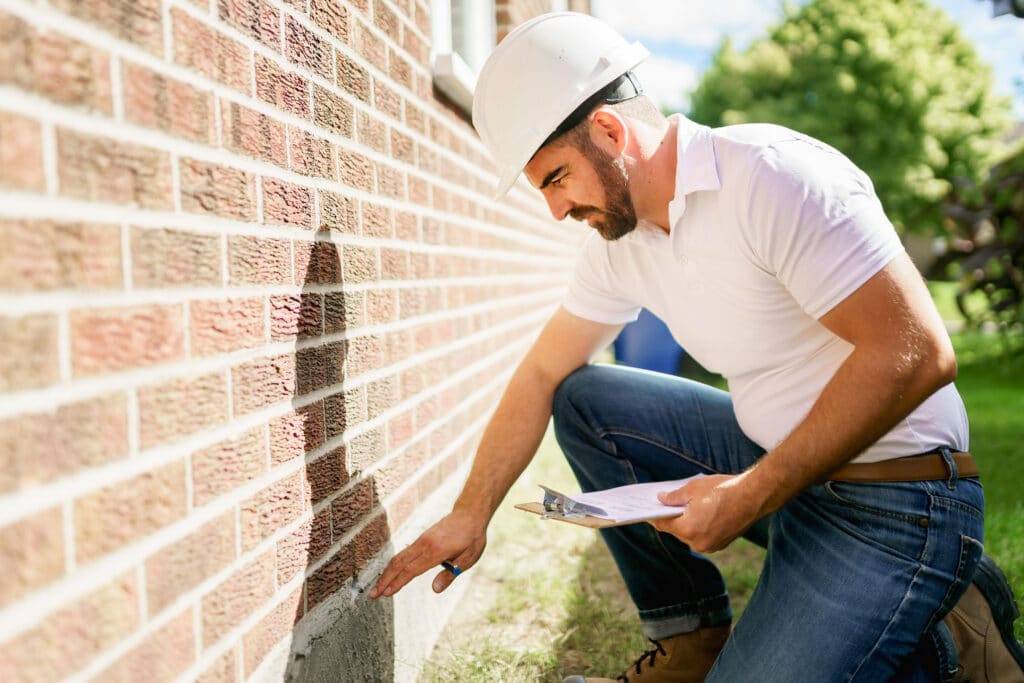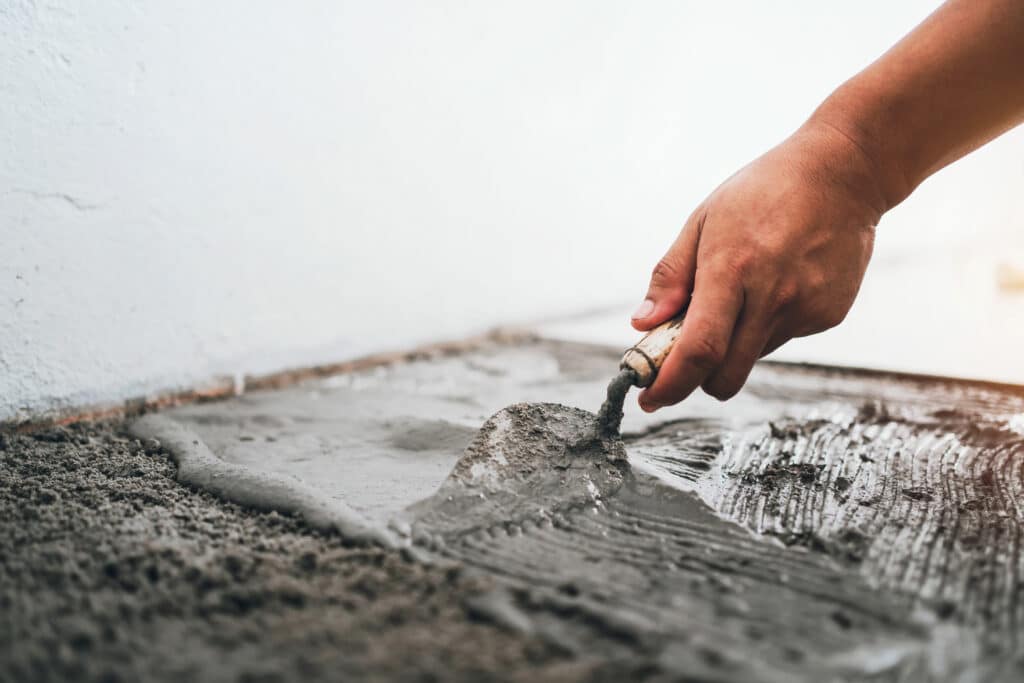Common Causes of Foundation Problems in Orlando
A few factors can contribute to foundation issues. These are the most widespread ones for Orlando residents:
- Soil composition: Soil with large sand or clay concentrations is highly expansive. In the heavy rainfall Orlando gets, the soil absorbs moisture like a sponge, then releases it in dry seasons. The constant expansion and contraction presses against nearby foundations, even if the foundations keep dry.
- Improper modifications: Landscaping or roofing work that wasn't completed to standard could lead to your foundation settling.
- Aging plumbing: While many Orlando homes are fairly new, some still use cast-iron plumbing. When the pipes start eroding, leakage could reach your foundation and even pool beneath it.
- Tree Roots: Tree roots can encroach on a home's foundation through crevices, and may apply force that causes your foundation breaking, pipes rupturing, and overall structural destabilization.
How to Choose the Best Foundation Repair Company
Choosing a foundation contractor doesn't have to be difficult. We encourage you to list what you want most in a provider, then evaluate each contractor on your shortlist against these qualities.
Licensing and Experience
Florida's contractor licensing system is rather unique. The state's Department of Business and Professional Regulation issues "certified" contractor licenses in building, general contracting, and residential construction that foundation companies must earn. There are also "registered" licenses issued at a local level. Talk to team members to gain more insight into a company's experience. You should ask about local inspection processes, permit ordinances and building codes.
Contractor websites are among the best places to do your research. Usually, a business will show how long it's been in the industry. It might also share other content to assist prospective customers.
Customer Reviews
When you're researching a company's credibility, go to its Better Business Bureau (BBB) profile. There, you can find its "letter grade" rating and a list of customer reviews, both positive experiences and complaints. Complaints aren't necessarily a red flag in themselves. Instead, discover how a company handles them. If the management team consistently and proactively resolves issues, it's a good sign. However, if the company lacks accreditation, has more negative reviews, and doesn't communicate effectively, you should think twice about working with it.
Lastly, we encourage you to search other platforms, including Trustpilot and Google, for other reviews.
Foundation Repair Cost in Orlando
The cost of foundation repair can vary quite a bit depending on the severity of the issues and what needs to be done to fix them. For minor foundation fractures and settling issues, you may pay as little as $1,900. However, if there is considerable damage, the average cost will likely fall around $3,100. More complex jobs involving tunneling, helical piers, or concrete leveling could cost $6,900 or more. This table shows the average foundation repair costs for common issues.
| Common Foundation Repair Services | Average Cost |
|---|---|
| Crack Repair | $366 |
| Leak Repair | $2,969 |
| Stabilization | $5,162 |
| Underpinning | $1,402 |
| Waterproofing | $3,282 |
Ready to Get a Quote on Your Foundation Repair Project?
Please enter a valid 5-digit zip code!
Frequently Asked Questions About Foundation Repair in Orlando
How much does foundation repair cost in Orlando?
When do I need to waterproof my foundation?
Note that there are two kinds of waterproofing. Interior waterproofing involves installing sump pumps and drains or using sealants around a cellar. Outdoor waterproofing is generally less expensive. It involves installing exterior drains and establishing physical barriers between your foundation and lawn.
How long does foundation repair usually take?
Will my homeowners insurance cover foundation repair?
To share feedback or ask a question about this article, send a note to our Reviews Team at reviewsteam@thisoldhousereviews.com.
More Foundation Resources
National Foundation Repair Ranking Methodology
Sources
U.S. Census Bureau (American Communities Survey)















